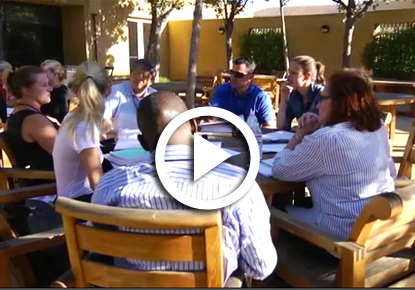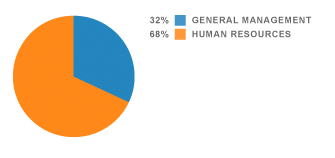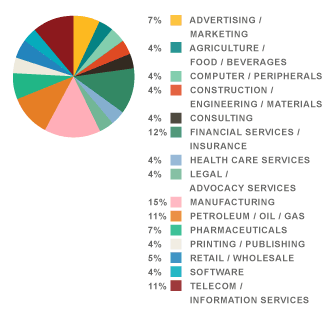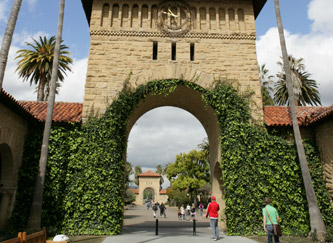Excellent experience: highly engaged participants and relevant discussions facilitated by extraordinary faculty. Even for seasoned leaders, this program offers some great reminders and new insights into effectively managing for strategic advantage.
– Chris Edmonds-Waters
Head of Human Resources
Silicon Valley Bank
Thought-provoking and challenging on talent management topics and related issues like decision making. Most faculty members were great teachers with lots of practical experience.
– Idowu Okunzua
Human Resources Business Partner Manager
Chevron
This course was conceptually outstanding and presented with power and energy. It brought HR to the very point where it starts to add value to the business — by creating competitive advantage.
– Thomas Foery
Director of Human Resources
Cablecom GmbH
This program provided very inspiring ideas at a strategic level, ideas which made me rethink what role HR should take in an organization. This was an important learning experience for my organization and for my career.
– Alice Law
Management Training and Development Manager
MTR Corporation
The main point was the alignment between strategy, key success factors, culture, and the role of HR. I'll transfer much of this learning to my company. The teaching was very, very good!
– Wolfgang Elenz
Executive Director Human Resources Lawyer
Vetter-Pharma Fertigung GmbH
Without a doubt, the Stanford Business School has assembled a group of some of the best business minds in the country and, fortunately, has decided to share that resource with the outside business community.
– Michael Coticchia
Director of Human Resources and Risk Management
Bearings, Inc.
In this program intuition, experience, and academia converge for a powerful message: HR has a strategic role in creating, building, and sustaining a successful, great organization.
– Nick Horiaitis
Employee Relations Director
AT&T Wireless








